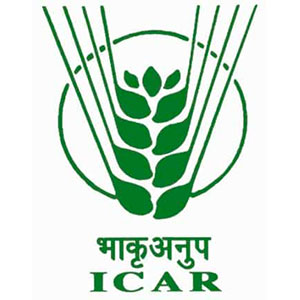The North-eastern region of the Eastern Himalayas covers Karbi Anglong and Cachar Hills in Assam and the entire territories of Arunachal Pradesh, Nagaland, Meghalaya, Manipur, Mizoram, Sikkim and Tripura. The region has a per-humid to humid climate and receives copious rains of about 2450 mm in a year. The soil is classified red sandy to laterite. The region is characterized by difficult terrain, wide variation in slopes and altitudes, land tenure systems, and cultivation practices.
Majority of population is dependent on agriculture and allied land-based activities. Shifting cultivation (slash-and-burn agriculture) is still the means of livelihood of few tribal people. There exists a rich genetic diversity in cereals - rice, maize (including the primitive pop-corn), barley, wheat; pseudocereals - buckwheat, chenopods, amaranth and soft-shelled forms in Coix; millets - finger millet, foxtail millet; legumes - rice bean, winged bean, black gram, sem/Dolichos, soybean, sword bean, peas; oilseeds – Brassica spp., Perilla, sesame; vegetables - cucurbits (Cyclanthera, Cucurbita, Momordica, Cucumis, Luffa, Lagenaria, Benincasa); fibres - Corchorus spp., tree cotton, kenaf and mesta; taro/yam and several other tuberous/rhizomatous/bulbous types, and in Citrus, Musa, bamboos and a variety of leafy vegetables and medicinal & aromatic plants.





